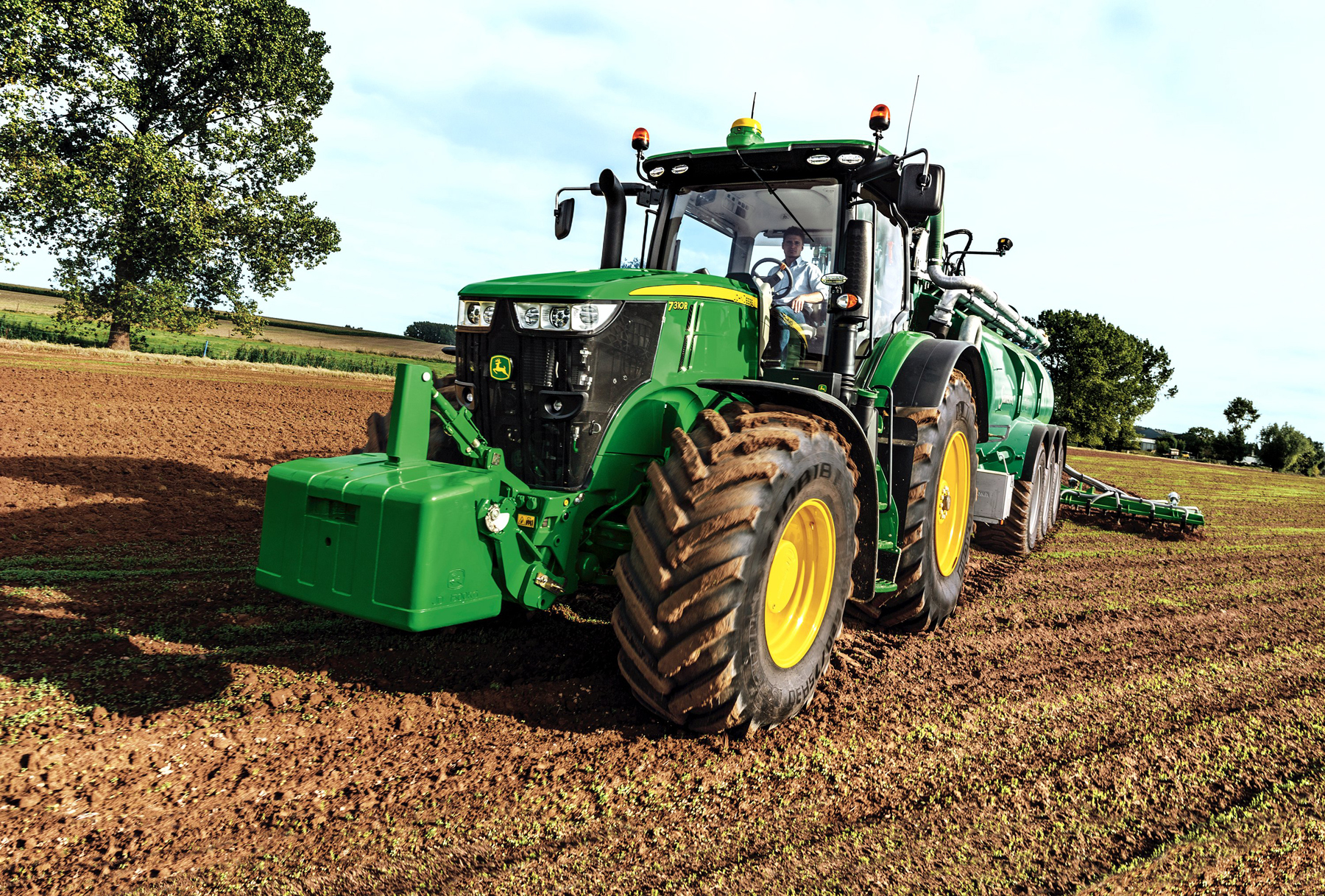A scheme to help companies offset their greenhouse gas emissions could see farmers being paid for helping to keep carbon in their soils.
The scheme, which has been trialled across 30 UK sites in the past year, allows companies to pay farmers to capture carbon from the atmosphere and lock it into the soil.
Known as carbon sequestration, the process involves using techniques such as cover crops, no-till and using non-synthetic fertilisers.
Farmers who enter the scheme will have their baseline carbon levels measured, with annual tests being conducted to see how their land management has improved carbon levels.
Organic farmers and those who have already been using the techniques may be paid for the work they have done provided they have kept verifiable measurements along the way.
Richard Page of AR Carbon, the firm behind the scheme, said it would take about two years for the soil to change enough to generate income, after which point farmers could receive an annual income of £4,000 across 50 hectares (123 acres) for a minimum of 20 years.
While the price could not be guaranteed, Mr Page said interest from companies both nationally and internationally had indicated that a market existed for carbon credits.
As the land would not have to be taken out of production, and the changes to management could lead to a reduction of input costs, it could offer a good alternative income stream for farmers, he added.
The majority of carbon trading is currently operated by the EU’s Emissions Trading System, but AR Carbon’s scheme will be independent so it can create its own carbon market that farmers could benefit from.
To join farmers would pay an annual fee of £150, plus the cost of soil testing. Farmers could enter up to 50 hectares, though to test whether the scheme was right for them they could enter as little as one hectare.
For more information and to register, go to www.arcarbon.co.uk.
